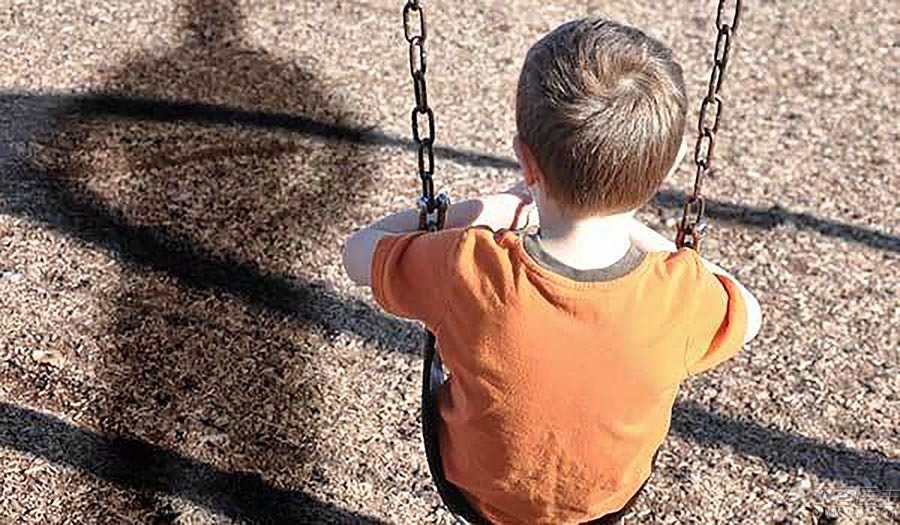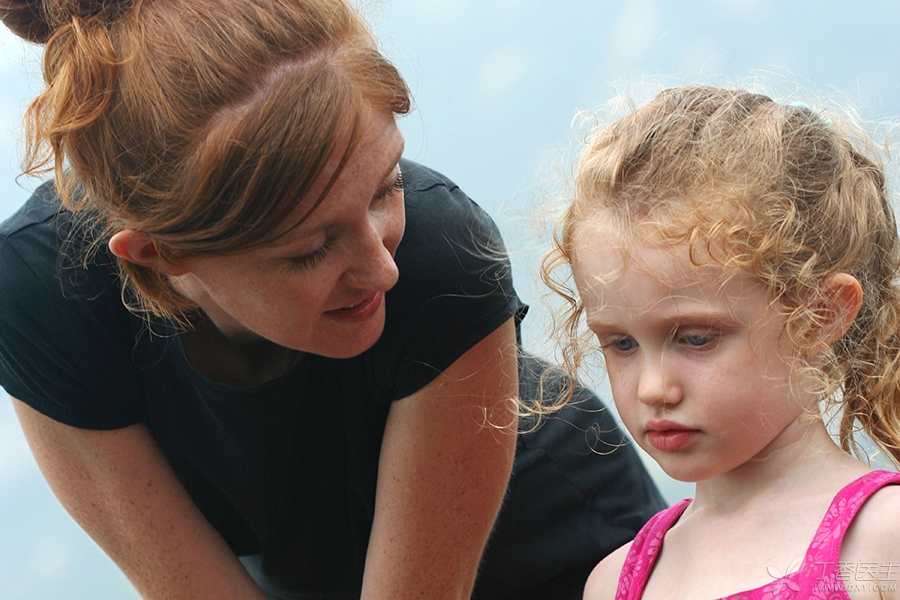
At the dinner table.
The food in the child’s mouth seems to have lasted for as long as a century.
He did not chew or swallow, looking in all directions.
You are a little anxious. It is useless to coax well.
[On the count of three, I must swallow. 3, 2, 1]
The child secretly glanced at you, quickly moved his mouth and swallowed it before the voice was over.
… …
This scene is really familiar. When it comes to dealing with disobedient dawdlers, most parents will use this trick-count to three.
Most of the time, as long as the child counts to three, the child will [obediently] restrain his behavior. However, parents will gradually find that this method becomes more and more difficult to use later on. Sometimes it only works when the last number is counted. When the child grows up, he will bargain with you and ask you to [count to 10 OK].
Is the education method of counting to three really effective? Why do we count to three and the next time the child will still disobey?
Let’s listen to what teacher Qin Nan, a child psychological consultant, said.
Why are we keen on [counting to three]?

The baby is still young and cannot understand reason. This is the most effective warning method.
Can’t beat can’t scold, can only use this trick!
When it comes to why this is used, most parents say it is really necessary.
Is this the case?
Looking back, when we usually use this method to deal with our children, the children do not do anything out of line or very dangerous in what, but the parents feel [disobedience is a headache] and want to end the children’s headache behavior through a simple [command].
So at the end of the day, we only focus on the children’s behavior. Using this method, we simply stopped the behavior.
[Count to Three] Valid? In fact, the child is just afraid of you.

Counting to three is sometimes very useful, saying eight times ten times.
Is what making it effective? Since it is effective, why is it less and less effective?
The first time a child hears [count to three], most of them do not realize what is going on, and [count to three] is followed by [punishment] (corporal punishment, scolding, rough behavior intervention or consequences). Therefore, when the child is punished and heard again, he will think of the previous experience. In order to avoid being punished again, he chose to compromise.
Therefore, when facing parents [counting to three], what the baby hears is not only a simple number, but also the emotion transmitted at the same time with the number-fear.
Children do not understand why they should stop acting, but follow your advice or orders out of instinctive fear.
This compromise seems to be effective, but it is not out of an understanding of the rules and the rules themselves, and the fundamental problems cannot be solved.
Why don’t we recommend parents [count to three]?

We will often say that beating and scolding children are not recommended. Compared with corporal punishment and yelling, counting to three is gentle and [reasonable], but it also has great disadvantages.
Disadvantage 1: Children cannot really realize the problem,
Just like the child did not eat, although the bottom three finally let him eat, but only under the pressure of his mother, he did not really feel that he needed to eat, and continued until the ultimatum of the bottom three was reached.
Disadvantage 2: Children are not given the opportunity to express themselves, making parent-child communication more and more difficult.
Parents did not ask their children why they wanted to do this, and children did not have the opportunity to express themselves (they will get used to not expressing themselves in the end). There is no two-way communication, only one-way command. For a long time, parent-child communication will become more and more difficult.
Disadvantage 3: Losing the right to choose hinders the development of children’s self-potential.
Long-term use of the bottom three for restraint and communication, orders and threats will make children only focus on [obedience], only focus on the result is what, and give up the right to choose in the process. It will make children more independent, easy to rely on others, and have poor self-control and difficult to adjust their emotions.
These moves are better than [counting to three]

Since there are so many sequelae [on the count of three], what should parents do if they encounter the same situation again?
[Affirming Emotions] and [Giving Choices].
Scenario 1: When children are disobedient and emotional,
The children of their own family took away the toys of other people’s children, and the two started fighting.
Previous treatment: How can one move other people’s things? On the count of three, give it back quickly!
Suggested to deal with:
The mother said to the baby, “This child does not give you toys. You are very angry, aren’t you?” (Affirmative)
The baby nodded.
Mom: Well, if your toys were robbed without your consent, would you not be happy either? (Emotional affirmation) I know that you like this toy very much (respecting the child’s opinion), but he is not finished. I also know that you are very angry not to play with you (affirming the child’s mood again). Let’s think about whether there is a better solution?
At this time, the child will probably ease his mood and follow his mother’s advice.
Mom: Do you see that you have what toys that can be exchanged with children, or do you wait until the children are finished and you are playing? (options provided)
This tactic is suitable for slightly older babies. Fully respected opinions and accepted emotions will make them feel that they are valued.

Scenario 2: When Children Dawdle
To go out to get a vaccine, the baby did not leave and said it back and forth several times.
Previous treatment: Hurry up and put on your shoes for me! On the count of three, you will be at home without wearing it!
Suggested to deal with:
Mother said: Baby, you seem to be afraid. Don’t you want to go to the hospital? (Affirmative Emotions)
The child nodded.
Mom said: Mom knows it hurts, and you see mom is afraid of pain, but we can make your body better faster when we go to the hospital. (Affirm emotions and respect opinions)
Child: But I still don’t want to wear shoes.
Mom: I can help you put on your shoes, or you can choose one of them yourself. (Offered a choice. Can you wear leather shoes or sneakers? Choose a pair of shoes that make you brave and have magic power, etc.)
Child: I want to wear Iron Man shoes!
Mom: Thank you for helping Mom (affirming the child’s choice). Can we go to the picture book library to read together after today’s injection?
Most of the children’s dawdling is due to emotional reasons. After affirming the children’s emotions, they give multiple choices to turn unpleasant things into pleasant choices.
[Count to three], it can actually be used like this.

Having said so much, is it useless to count to three?
In fact, it is not, depending on whether this method is used in what.
For example, when you want to explode and lose your temper in the face of naughty children, you can silently count 3 (or 5, 10) in your mind and then say, do, etc.
As a result, methods that cannot be used on children will be transformed into small methods to control their emotions.
You can also demonstrate in front of the child, so that the child can learn to control his emotions.
Respect children’s emotions and choices attentively, and allow and affirm children to express their emotions.
What children need is not cold orders and threats. If you can give more understanding and respect, you will go more smoothly and warmly along the way to grow up in the future.
